Auto Credit Based on Cabbage17's P-51
Faced with invasion in 1939 and desperately short of fighters, the Royal Air Force asked North American Aviation to quickly produce the existing but obsolete P-40 Warhawk. Instead, the company designed, built and flew a new airplane in just 117 days: the Mustang.
Using an existing Allison engine and the latest laminar-flow wing, the new fighter immediately went into service with the RAF. In December 1941 the United States joined the war, and it too needed good fighters fast. So the U.S. Air Corps took the basic RAF Mustang, rearmed it with four machine guns, and added an upgraded engine. It was a good performer, but couldn’t operate well alongside the high-flying long-range bombers.
By 1944 the aircraft used the Rolls-Royce Merlin engine, adopted a new bubble cockpit and increased its firepower to six .50 machine guns. It was now the best fighter in the war and fought superbly in all theaters as fighter, fighter-bomber, and reconnaissance platform. It was loved by its aircrews, and no fewer than 281 Mustang pilots became aces, each shooting down at least five enemy aircraft.
-Aircraft of the World(book)
Requested by refdnv1, BLOODIUS, and PilotRoazille
Suggestions are welcome!(Except aircraft that would be made with 2-7 parts or over 500 parts.)
Next aircraft: bf-109
No AGs
Takeoff with flaps 50% down
Aircraft will pitch down when speed is less than 250 mph
Specifications
Spotlights
- Moonraker 5.3 years ago
General Characteristics
- Predecessor P-51
- Created On Windows
- Wingspan 28.2ft (8.6m)
- Length 23.6ft (7.2m)
- Height 9.3ft (2.8m)
- Empty Weight 6,357lbs (2,883kg)
- Loaded Weight 12,970lbs (5,883kg)
Performance
- Horse Power/Weight Ratio 0.231
- Wing Loading 24.9lbs/ft2 (121.6kg/m2)
- Wing Area 520.7ft2 (48.4m2)
- Drag Points 1522
Parts
- Number of Parts 51
- Control Surfaces 7
- Performance Cost 301

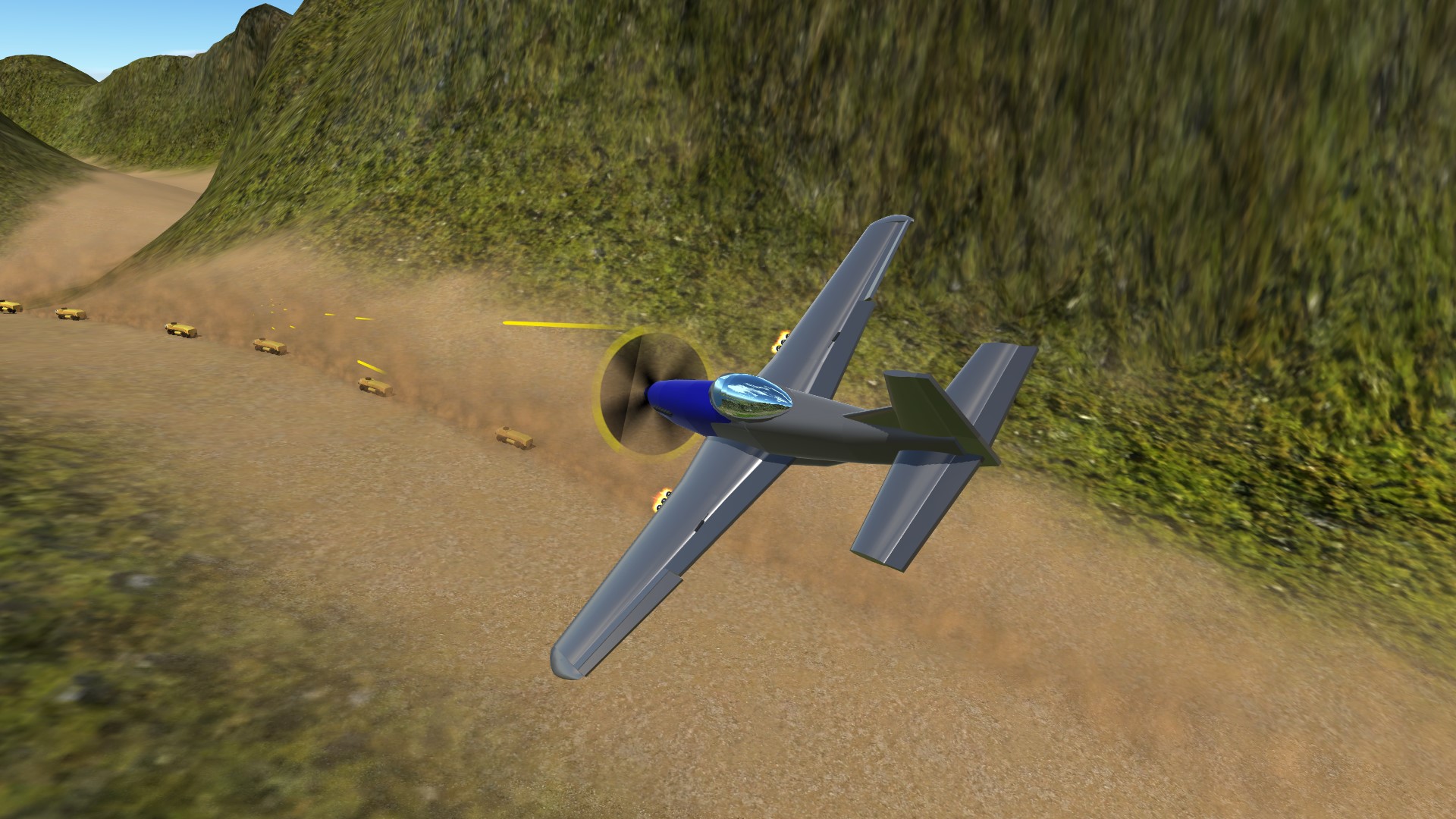
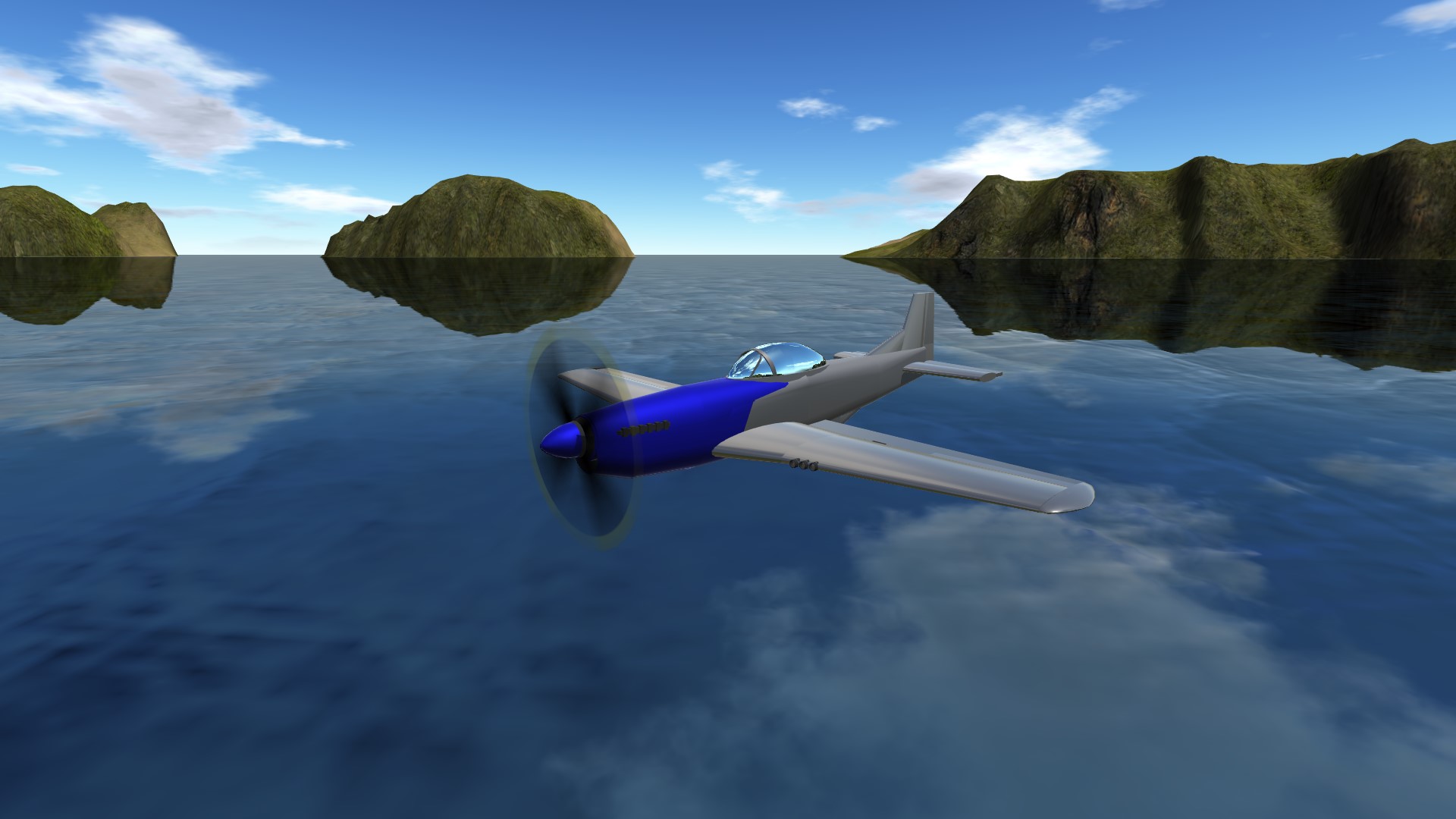
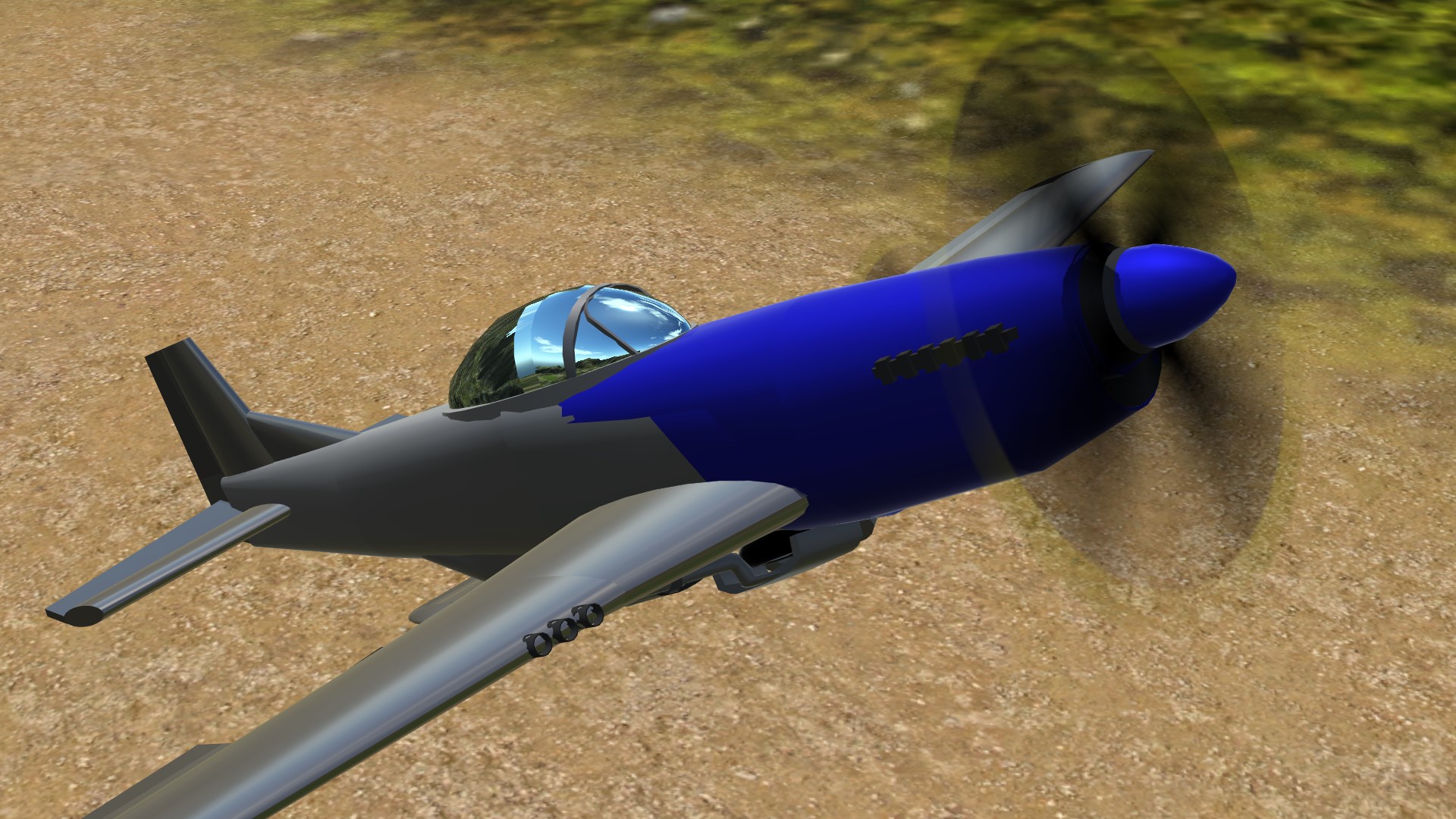
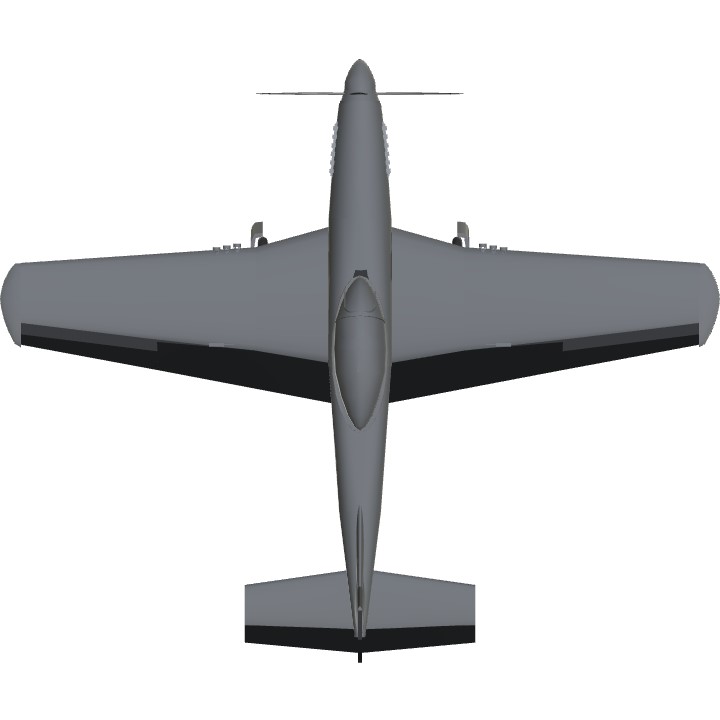
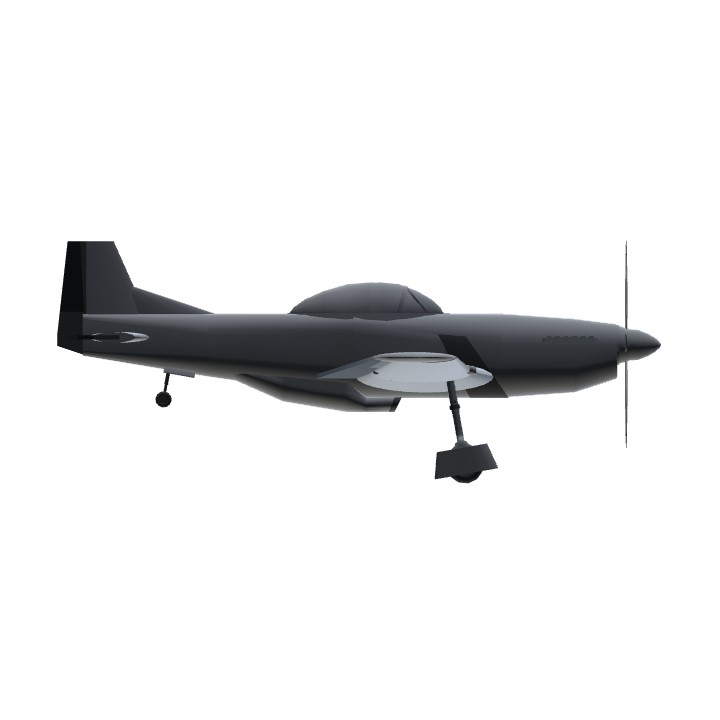
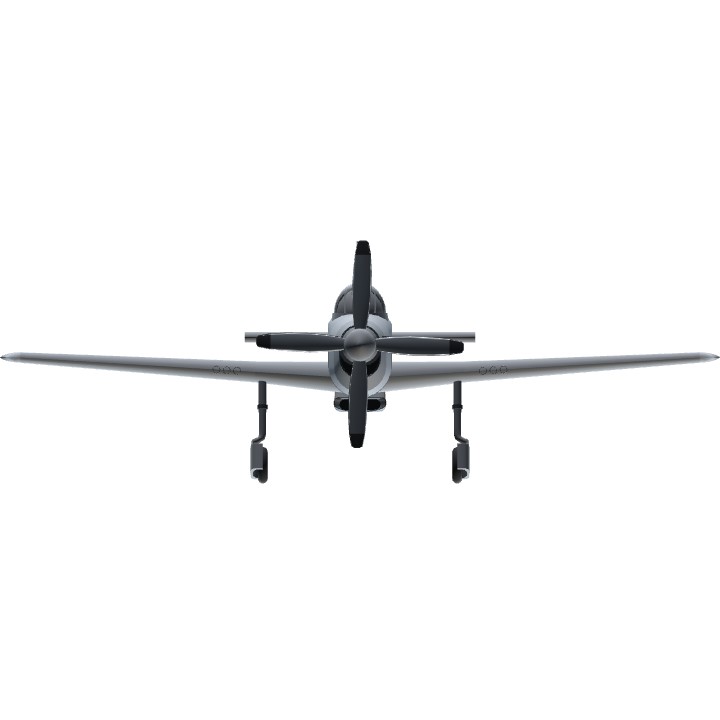
the list
mig-15 in 15 parts
@Cabbage17 okey dokey
Thanks @BLOODIUS, I’ll add that to the list!
Next USS Iowa (BB-61) in 61 parts,its gonna be awesome
Amazing xdd
Thanks @Suubk27!
Thanks @Aghsan22!
Thanks @MDDJB!
I’ll put both of them into the list @LieutenantSOT
Cessna 337 Super Skymaster in 337 parts... or Cessna O-2 Skymaster in 2 parts
Challenge... mwahahaha
@Cabbage17 This P-51 is looks better than the Jundroo P-51
Thanks @S953P!
Thanks @Taylorchaff14!
@Cabbage17 Oki!
@Cabbage17 np
Thanks @MemeLordMASTERMEMES!
When you realized it had 15 upvotes and 15 when inverted is 51.
.
.
ANDDD 16 UPVOTES LOL
@JSwannyGaming148 here’s the F-15
Thanks @Ferrolon and @JSwannyGaming148, I’ll add those to the list
Thanks @PilotRoazille, @DeltaBravoSix, and @GG66, I’ll add those to the list
Thanks @NightmareCorporation!
Thanks! @Sovietstrike333 @NavalBlaze @Ferrolon
Thanks! @Homemade1 @SodiumChloride @Sadboye12
Thanks! @Alta2809 @Abdiyanov @Sovetzkysoyusz